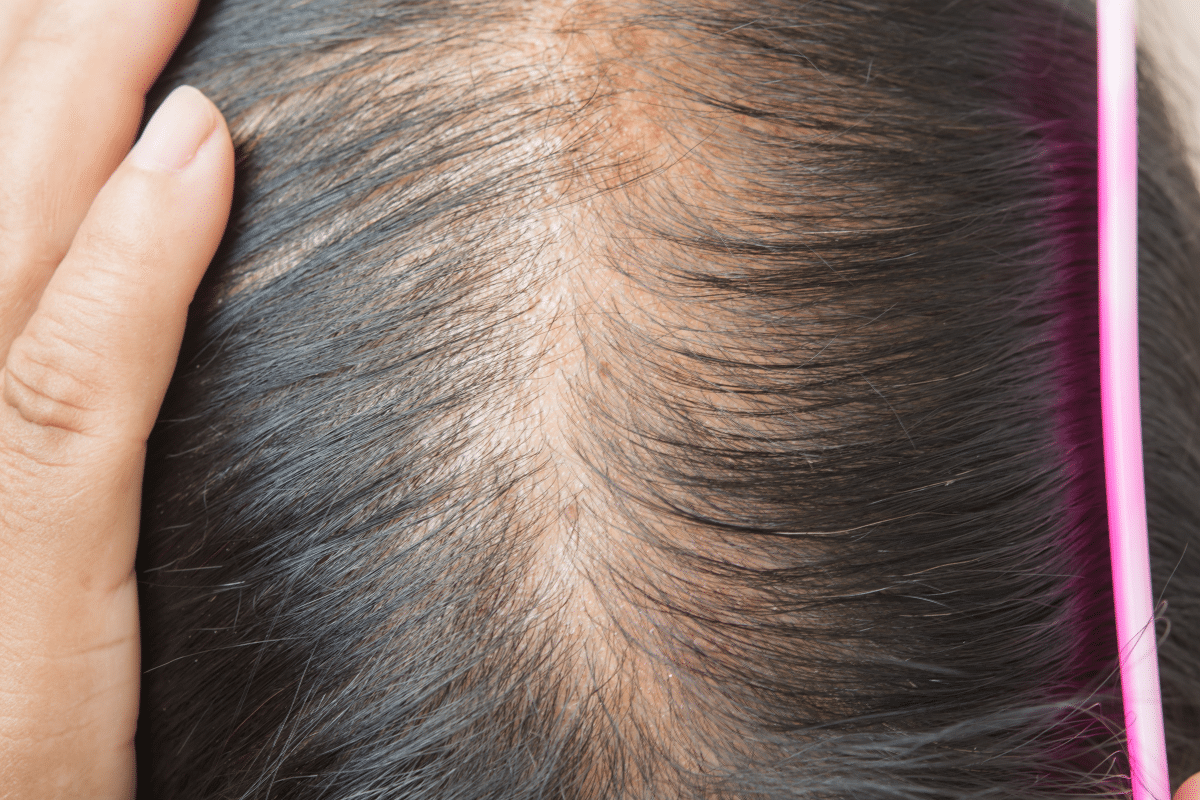Are you considering a hair transplant but wondering when is the optimal time of year to undergo the procedure? Choosing the right season for your hair transplant can significantly impact your results and recovery process. Let’s delve into the factors that make certain times of the year more advantageous for hair transplantation. By understanding these factors, you can make an informed decision and achieve the best possible outcome.
1. Weather Conditions and Comfort:
The season in which you choose to have a hair transplant can influence your overall comfort during the recovery phase. The ideal weather conditions play a crucial role in your post-operative healing process. Here’s a breakdown of the different seasons:
a. Spring: Springtime can be a favorable season for hair transplants. With moderate temperatures, neither too hot nor too cold, you can avoid excessive sweating or the need to wear hats or headgear that might interfere with the healing process.
b. Fall: Similar to spring, the fall season offers mild temperatures, making it an excellent time for hair transplant surgery. You can comfortably wear hats or scarves to protect your scalp from the sun while the healing process progresses.
c. Winter: Cold weather conditions during winter can be challenging for hair transplant patients. Exposure to extreme cold or icy conditions can lead to discomfort and potential complications. Additionally, wearing hats or covering the head too tightly may affect the grafts.
d. Summer: While summer might be a popular time for vacations, it’s generally not recommended for hair transplants. The heat and sun exposure can cause sweating, which can be detrimental to the newly transplanted hair follicles. UV radiation can also damage the sensitive scalp, hindering the healing process.
At Anagen Hair Restoration, we have specials that allow you to secure Summer Discount Specials and book your procedure further out into the Fall/Winter months. Many patients appreciate our Buy Now, Pay Later financing options as well. To learn more click here.
2. Lifestyle and Social Engagements:
Consider your lifestyle and social commitments when choosing the timing of your hair transplant. If you have upcoming events, weddings, or vacations, it is advisable to plan your procedure accordingly. Here’s an overview:
a. Off-peak Season: Scheduling your hair transplant during the off-peak season, when you have fewer social commitments, can allow you to focus on your recovery without any added stress or pressure.
b. Time Off: If you have the flexibility to take time off work or other obligations, you can plan your hair transplant procedure during a time when you can allocate sufficient recovery time. This will ensure that you can relax and follow the post-operative care instructions diligently.
3. Long-Term Planning:
Hair transplantation is a long-term commitment, and the results take time to fully manifest. It is important to consider the future while choosing the ideal time for your procedure. Keep the following factors in mind:
a. Hair Growth Cycle: Understanding the hair growth cycle is vital for achieving the best results. After a hair transplant, your transplanted hair will shed and go through a dormant phase before regrowing. By having the procedure at a specific time, you can align the regrowth phase with the upcoming season, ensuring that you have a full head of hair when you need it the most.
b. Patience and Planning: Hair transplantation requires patience. It may take several months for the transplanted hair to grow and blend seamlessly with your existing hair. By planning your procedure ahead of time, you can ensure that you have a natural-looking head of hair when you want to show off your new look.
Choosing the best time of year for a hair transplant is a decision that involves various factors. By considering the weather conditions, your lifestyle, social engagements, and long-term planning, you can optimize your hair transplant journey for the best results.
Consulting with an experienced hair transplant surgeon will provide further guidance tailored to your specific needs. So, take the first step towards your hair restoration goals by carefully considering the ideal time for your hair transplant procedure.
Disclaimer: This blog post is for informational purposes only and should not be considered medical advice. Consult a qualified hair transplant specialist at Anagen Hair Restoration for personalized recommendations and treatment options. Call us at (301) 591-6552 or click here.
Ask about our specials to see if you qualify for one of our discounts and take advantage of our Buy Now, Pay Later financing options. We’re proud to service Maryland, Washington DC, and Virginia, ensuring there’s a location convenient to you.



